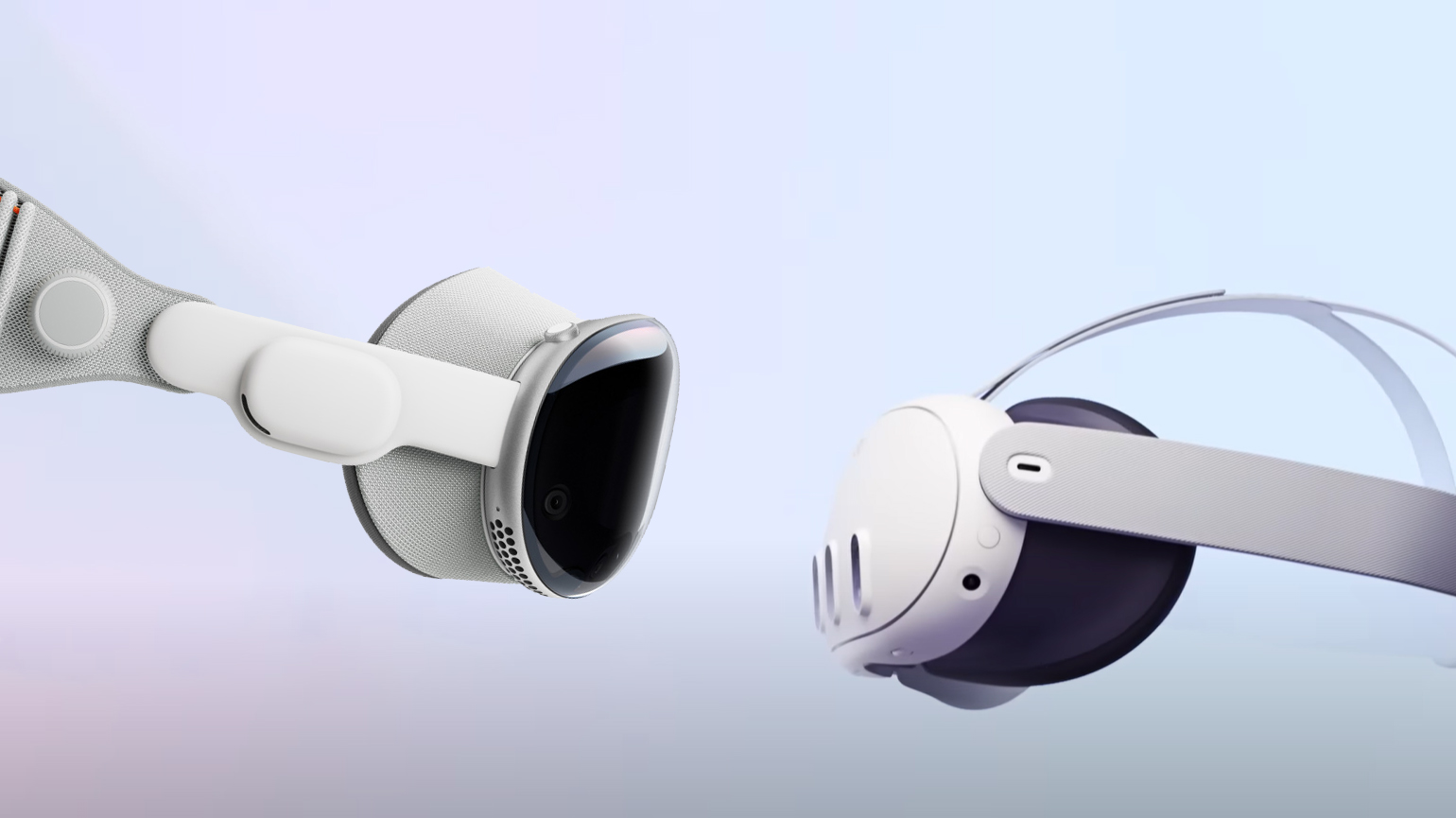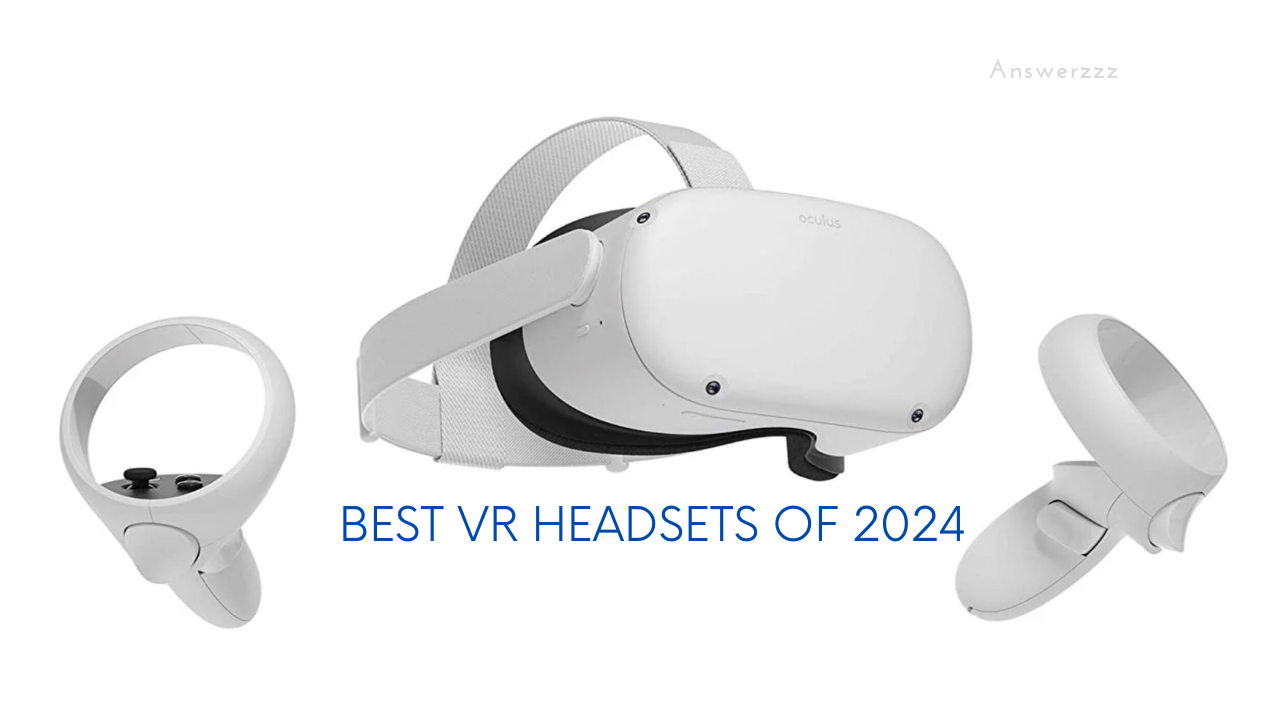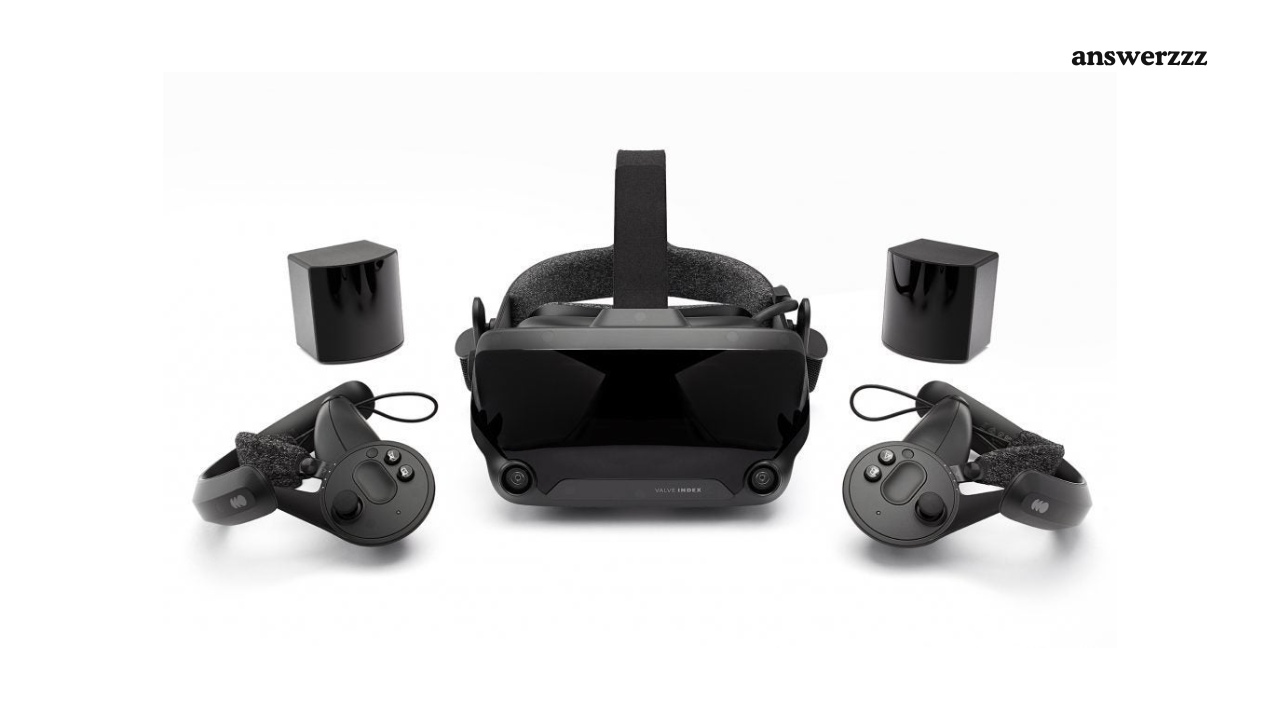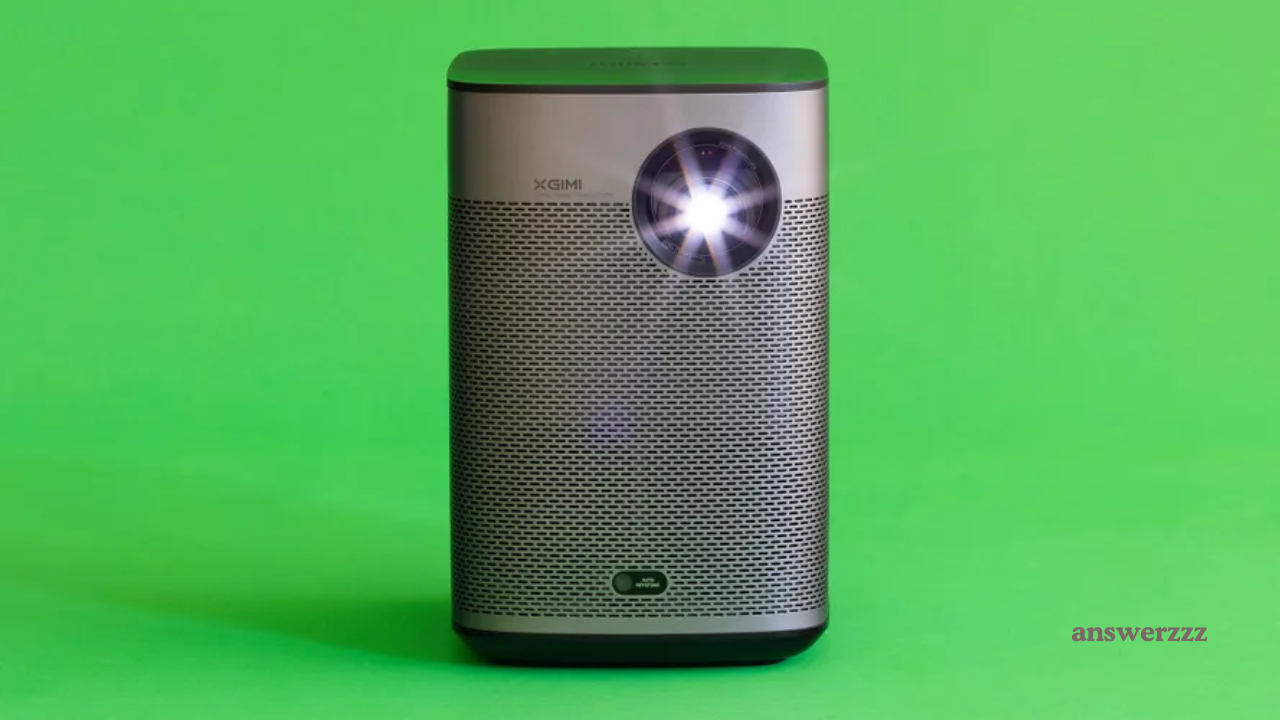As virtual reality (VR) technology continues to evolve, the options for consumers become increasingly diverse and sophisticated. In 2024, the landscape of VR headsets is more competitive than ever, with several models vying for attention in terms of performance, features, and value for money. Whether you are a seasoned gamer, a virtual reality enthusiast, or just someone curious about exploring immersive digital worlds, choosing the right VR headset can be overwhelming. This article will provide a comprehensive guide to the best VR headsets of 2024, helping you make an informed decision on which one to buy.
Understanding VR Headset Types
Before diving into specific models, it’s essential to understand the different types of VR headsets available on the market. Broadly, these can be categorized into three types: tethered headsets, standalone headsets, and mobile VR headsets.

Tethered Headsets
Tethered headsets are designed to be connected to a powerful gaming PC or console, such as the PlayStation 5 or Xbox Series X. These headsets often provide the best graphics, tracking, and overall experience. Popular examples include the Valve Index and the Oculus Rift S. However, the requirement for a powerful gaming rig means that these headsets are typically more expensive and less portable than their standalone counterparts.
Standalone Headsets
Standalone headsets have gained popularity in recent years due to their convenience and ease of use. These headsets do not require a PC or console, as they come with built-in processors and storage. The Meta Quest 3 is a prime example of a standalone headset that offers impressive performance without the need for external hardware. This makes them ideal for users who want a hassle-free VR experience.
Mobile VR Headsets
Mobile VR headsets utilize your smartphone as the display and processing unit. While they are often more affordable and portable, they typically provide a less immersive experience than tethered or standalone options. Models like the Samsung Gear VR fall into this category, catering to casual users who want to explore VR without significant investment.
Top VR Headsets of 2024
The Rise of Foldable Tech: Are Foldable Phones and Tablets the Future?
Now that we’ve established the types of VR headsets, let’s explore the top models available in 2024. Each headset will be evaluated based on its features, performance, price, and overall user experience.
1. Meta Quest 3
The Meta Quest 3 stands out as one of the best standalone VR headsets on the market. With its advanced processing power, high-resolution display, and impressive tracking capabilities, it offers an exceptional VR experience without the need for external hardware. The headset features a sleek design, making it comfortable for extended wear, and its intuitive setup process allows users to dive into VR quickly.
One of the standout features of the Meta Quest 3 is its mixed reality capabilities, enabling users to interact with their physical environment while still being immersed in a virtual world. This feature is particularly useful for social experiences and interactive gaming. With a growing library of games and applications optimized for the platform, the Meta Quest 3 is suitable for both casual users and dedicated gamers. Priced competitively, it represents excellent value for anyone looking to explore the VR space without a hefty investment in gaming hardware.
2. Valve Index
For those seeking the pinnacle of VR performance, the Valve Index remains a top choice. This tethered headset is known for its exceptional build quality, high refresh rate, and wide field of view. With dual 1440 x 1600 LCDs, the Valve Index delivers stunning visuals that enhance immersion, making it a favourite among hardcore gamers.
The Index’s unique controller design, known as the “knuckle” controllers, allows for natural hand gestures and grip recognition, adding an extra layer of realism to the VR experience. However, it requires a powerful gaming PC, which adds to the overall cost. Despite its higher price point, the Valve Index is often regarded as the best choice for enthusiasts seeking the ultimate VR experience, particularly for those who prioritize visual fidelity and advanced tracking.

3. HTC Vive Pro 2
The HTC Vive Pro 2 is another strong contender in the tethered headset category. Known for its impressive resolution of 2448 x 2448 per eye, the Vive Pro 2 provides crisp, detailed visuals that enhance the immersion factor. Its high refresh rate of up to 120Hz ensures smooth gameplay, which is essential for fast-paced action titles.
The Vive Pro 2 is designed with comfort in mind, featuring adjustable straps and a lightweight design. It also supports a wide range of accessories, allowing users to customize their setup according to their preferences. However, the headset requires a robust gaming PC, and the overall cost can be significant when considering the necessary accessories. For users who demand top-tier performance and visuals, the HTC Vive Pro 2 is a worthy investment.
4. PlayStation VR2
For console gamers, the PlayStation VR2 offers an exciting gateway into virtual reality. Designed specifically for the PlayStation 5, this headset boasts advanced features such as eye tracking, haptic feedback, and adaptive triggers on its controllers. The 2000 x 2040 OLED displays provide vibrant colours and deep blacks, contributing to a truly immersive experience.
The PlayStation VR2 also benefits from a growing library of exclusive titles, making it an attractive option for gamers who already own a PS5. Its easy setup and integration with the console make it accessible to casual users. While it may not match the performance of high-end tethered headsets, the PlayStation VR2 offers excellent value for console owners looking to explore VR gaming.
5. Pico 4
Gadgets Every Digital Nomad Needs: Essential Tech for Working on the Go
The Pico 4 is a standalone VR headset that has gained traction for its competitive pricing and impressive features. With a resolution of 2160 x 2160 per eye and a lightweight design, it provides a comfortable experience for prolonged use. The Pico 4’s intuitive interface and robust library of content make it an excellent choice for newcomers to VR.
One of the standout features of the Pico 4 is its affordability, making it a suitable option for budget-conscious users. It also offers cross-platform compatibility, allowing users to access content from various VR ecosystems. While it may not have the brand recognition of Meta or Valve, the Pico 4 is quickly establishing itself as a worthy competitor in the standalone headset market.
6. HP Reverb G2
The HP Reverb G2 is a tethered headset that caters to simulation enthusiasts and professionals alike. With an impressive resolution of 2160 x 2160 per eye, it offers one of the sharpest displays available in consumer VR. The headset features excellent audio quality, providing an immersive sound experience that enhances gameplay.
Designed for compatibility with Windows Mixed Reality and SteamVR, the Reverb G2 is versatile for various applications, including gaming and professional simulations. Its comfortable fit and adjustable lenses make it accessible for users with different vision needs. While it may lack some of the advanced features of competitors like the Valve Index, the HP Reverb G2 is a fantastic choice for those prioritizing visual fidelity and audio performance.
7. Oculus Quest 2
Although the Oculus Quest 2 has been around for a while, it remains a popular choice in 2024 due to its affordability and ease of use. As a standalone headset, it allows users to jump into VR without the need for external hardware. The Quest 2 features a resolution of 1832 x 1920 per eye, providing a decent visual experience for casual gaming and social interactions.
One of the key advantages of the Quest 2 is its extensive library of games and applications, making it suitable for users of all experience levels. Its competitive price point and accessibility make it an attractive option for newcomers to VR, although it may not offer the same level of performance as newer models like the Quest 3. For those looking for a budget-friendly entry into the VR world, the Oculus Quest 2 remains a solid choice.

Key Considerations When Choosing a VR Headset
When selecting the best VR headset for your needs, several factors should be taken into account. Understanding these considerations can help you make a more informed decision.
1. Purpose and Usage
Consider how you plan to use the VR headset. Are you primarily interested in gaming, social experiences, or professional applications? Different headsets cater to various use cases, so identifying your primary purpose will guide your selection.
2. Budget
VR headsets vary significantly in price. Determine your budget before diving into the options to narrow down your choices. Remember to consider additional costs, such as controllers, accessories, or a powerful gaming PC if you opt for a tethered headset.
3. Comfort and Fit
Comfort is crucial for extended VR sessions. Look for headsets with adjustable straps, cushioning, and lightweight designs to ensure a comfortable fit. Trying on headsets in-store, if possible, can help you gauge their comfort level.
Affordable Wearables: Top 5 Smartwatches Under $200 for Health and Fitness
4. Visual Quality
The resolution, refresh rate, and field of view contribute to the overall visual experience. Higher-resolution headsets typically provide clearer images, while higher refresh rates lead to smoother gameplay. Assess your priorities regarding visual fidelity when choosing a headset.
5. Content Library
The availability of games and applications is a significant factor in your VR experience. Research the content library for each headset to ensure it aligns with your interests. Some headsets may offer exclusive titles that appeal to specific user groups.
6. Future-Proofing
As technology evolves, consider investing in a headset that will remain relevant for years to come. Look for models with upgradable features, compatibility with future software, and a strong developer support ecosystem.
The world of virtual reality is expanding rapidly, offering users a wide range of options to explore immersive digital experiences. In 2024, the Meta Quest 3, Valve Index, HTC Vive Pro 2, PlayStation VR2, Pico 4, HP Reverb G2, and Oculus Quest 2 stand out as the best VR headsets available. Each has its unique strengths and weaknesses, catering to different preferences and use cases.

When choosing a VR headset, consider your purpose, budget, comfort, visual quality, content library, and future-proofing potential. By carefully evaluating these factors, you can find the perfect VR headset that meets your needs and provides an incredible immersive experience. Whether you’re diving into gaming, exploring new social realms, or venturing into professional applications, there’s a VR headset out there that will enhance your journey into the virtual world.



